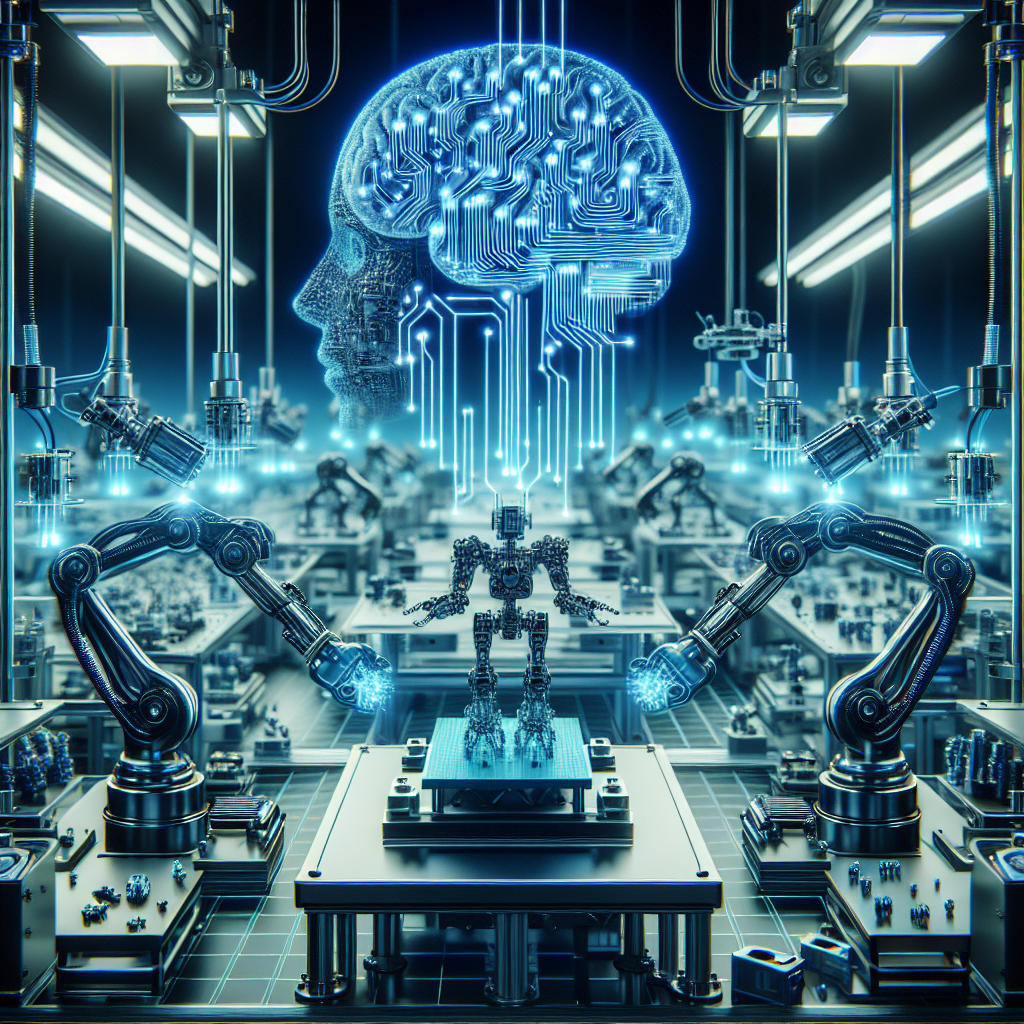Plastic additive manufacturing, also known as 3D printing, has revolutionized the manufacturing industry by allowing for the creation of complex and customized parts with ease. However, as the demand for 3D printed parts continues to grow, manufacturers are constantly looking for ways to improve the efficiency and quality of the process. This is where artificial intelligence (AI) comes into play.
AI has the potential to transform plastic additive manufacturing by optimizing the printing process, reducing errors, and improving overall quality. In this article, we will explore the benefits of AI in plastic additive manufacturing and how it is revolutionizing the industry.
Improved Design Optimization
One of the key benefits of AI in plastic additive manufacturing is its ability to optimize the design of 3D printed parts. AI algorithms can analyze complex designs and identify areas where improvements can be made, such as reducing material usage, improving structural integrity, or enhancing overall performance.
By using AI to optimize designs, manufacturers can create parts that are lighter, stronger, and more efficient, ultimately leading to cost savings and improved product quality. This level of design optimization would be difficult, if not impossible, to achieve through traditional methods alone.
Reduced Printing Errors
Another advantage of AI in plastic additive manufacturing is its ability to reduce printing errors. 3D printing can be a complex process, and even small errors in the printing parameters or design can lead to defects in the final part. AI algorithms can analyze data from previous prints and identify potential sources of errors, allowing manufacturers to make adjustments before printing begins.
By using AI to predict and prevent errors, manufacturers can reduce waste, improve efficiency, and ensure that each part meets the required quality standards. This not only saves time and resources but also helps to build trust with customers by delivering high-quality parts consistently.
Enhanced Process Monitoring
AI can also be used to monitor the printing process in real-time, allowing manufacturers to quickly identify and address any issues that arise. By analyzing data from sensors and cameras, AI algorithms can detect anomalies, such as changes in temperature or vibration, and alert operators to potential problems.
This real-time monitoring capability enables manufacturers to make adjustments on the fly, ensuring that each part is printed correctly and minimizing the risk of defects. By proactively monitoring the printing process, manufacturers can improve overall efficiency and reduce the likelihood of costly mistakes.
Predictive Maintenance
AI can also be used to predict when maintenance is needed on 3D printing equipment, helping to prevent unexpected downtime and reduce repair costs. By analyzing data from sensors and machine learning algorithms, AI can identify patterns that indicate when a machine is likely to fail and alert operators to take preventive action.
By implementing predictive maintenance strategies, manufacturers can reduce the risk of equipment failure, extend the lifespan of their 3D printers, and minimize disruptions to production. This proactive approach to maintenance can save time and money in the long run, as well as improve overall operational efficiency.
FAQs
Q: How does AI optimize the design of 3D printed parts?
A: AI algorithms can analyze complex designs and identify areas where improvements can be made, such as reducing material usage, improving structural integrity, or enhancing overall performance. By using AI to optimize designs, manufacturers can create parts that are lighter, stronger, and more efficient.
Q: How does AI reduce printing errors in plastic additive manufacturing?
A: AI algorithms can analyze data from previous prints and identify potential sources of errors, allowing manufacturers to make adjustments before printing begins. By using AI to predict and prevent errors, manufacturers can reduce waste, improve efficiency, and ensure that each part meets the required quality standards.
Q: How does AI monitor the printing process in real-time?
A: AI algorithms can analyze data from sensors and cameras to detect anomalies, such as changes in temperature or vibration, and alert operators to potential problems. This real-time monitoring capability enables manufacturers to make adjustments on the fly, ensuring that each part is printed correctly and minimizing the risk of defects.
Q: How does AI predict maintenance needs in 3D printing equipment?
A: AI can analyze data from sensors and machine learning algorithms to identify patterns that indicate when a machine is likely to fail. By implementing predictive maintenance strategies, manufacturers can reduce the risk of equipment failure, extend the lifespan of their 3D printers, and minimize disruptions to production.

